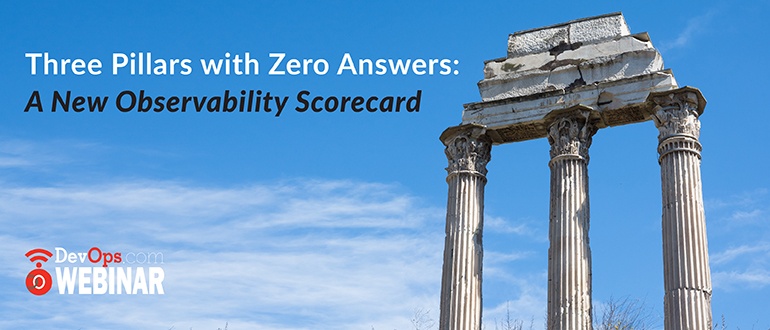Sponsored by LightStep
December 6, 2018
11 AM ET
Nobody denies the importance of observability in modern production software: with microservices adding scale, concurrency, and frequent deploys, it’s getting harder and harder to answer even basic questions about application behavior. The conventional wisdom has been that metrics, logging and tracing are “the three pillars” of observability, yet organizations check these boxes and still find themselves grasping at straws during emergencies. The problem is that metrics, logs, and traces are just data – if what we need is a car, all we’re talking about is the fuel. We will continue to disappoint ourselves until we reframe observability around two fundamental activities: (1) detection and
(2) refinement.
In this session, we’ll summarize the contemporary observability dogma, then present a new observability scorecard for objectively reasoning about and assessing observability solutions for modern distributed systems.
Ben Sigelman, CEO and
Co-founder, LightStep
Ben Sigelman (LinkedIn, Twitter): CEO and co-founder of LightStep, co-creator of Dapper (Google’s distributed tracing tool that helps developers make sense of their large-scale distributed systems), and co-creator of the open-source OpenTracing API standard (a project within the CNCF).


